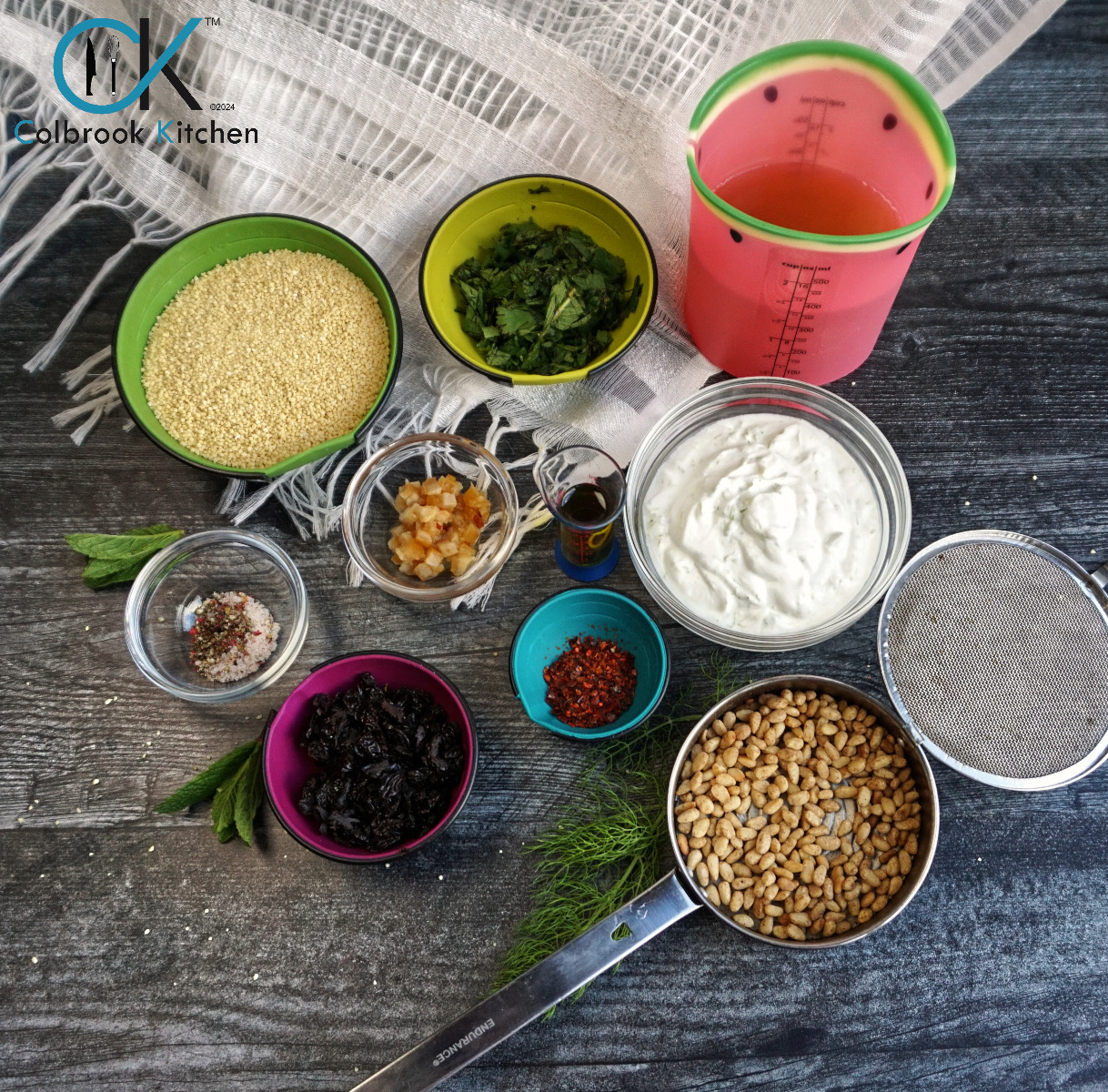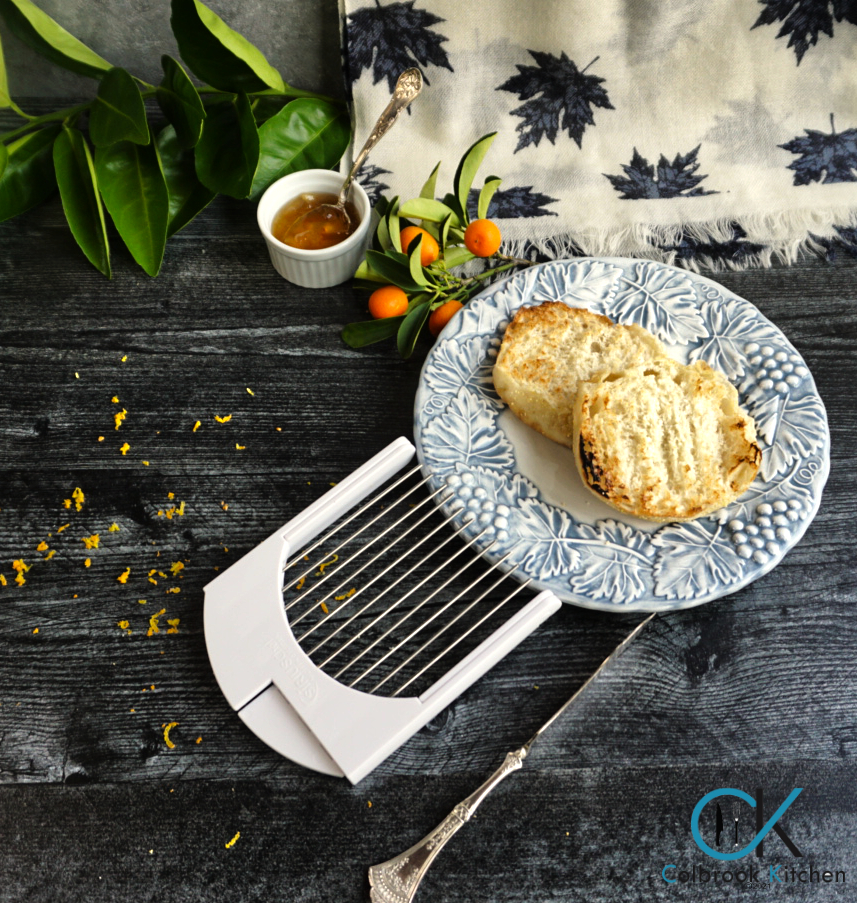Cool Tip: Lessons in Food Chemistry ~ Baking Soda v Baking Powder
- Sep 5, 2025

If you're like us, you may be unsure about which you should use for which purpose. They are next to one another in our cabinet, and we usually just follow the recipe which may call for one or the other or both, ... but why? And what else are they good for (spoiler alert...lots!)
Here's the main difference for baking: Baking soda and baking powder are both chemical leavening agents used to make baked goods rise, but their composition and activation differ significantly. Baking soda is pure sodium bicarbonate, a base that requires an added acidic ingredient (like buttermilk or lemon juice) and liquid to produce carbon dioxide and rise. Baking powder, however, is a complete leavening system containing baking soda, an acid, and a starch, which only needs liquid and heat to activate.
When to Use Which:
Baking soda: when your recipe includes acidic ingredients.
Baking powder: when your recipe lacks an acid or when you want the extended rise provided by its double-acting properties.
Both: baking soda and baking powder when a recipe has some acid (to neutralize it and add flavor) but needs additional leavening to become completely light and airy.
Other Uses:
Baking Soda:
- Cooking: Just toss raw shrimp with a little baking soda (about a half teaspoon per pound) 30 minutes or so before cooking, and they come out noticeably plumper and firmer after cooking. Serious Eats
- Cleaning: Baking soda is a versatile, mild abrasive, deodorizer, and whitener effective for cleaning various household surfaces, including sinks, grout, and stovetops. (See some suggested uses).
- Wasp Stings: When we get a wasp sting, we mix baking soda with enough water to make it a paste and put it on the sting, leave it there for about 15-20 minutes, then rinse with lukewarm water. It seems to reduce pain, swelling, and inflammation (Note: not medical advice!)
Baking Powder:
- Cooking: Crispy chicken skin (the Holy Grail of roast chicken) -- combine about a teaspoon of baking powder per tablespoon of kosher salt, add some black pepper to taste, then sprinkle it evenly over the surface of the skin. Then—and this is key—let it rest, uncovered, in the refrigerator for 12 to 24 hours. This resting period doesn't just give the baking powder time to form all those little bubbles; it also lets the salt do its thing, dry-brining the meat for more intensely flavored, better-seasoned results. Note, here comes the geeky part: The slightly alkaline mixture raises the skin's pH levels, which allows proteins to break down more efficiently, giving you crisper, more evenly browned results. Simultaneously, it combines with the bird's natural juices, forming carbon dioxide gas that leaves you with a layer of tiny bubbles. It's these bubbles that increase the skin's surface area, allowing it to develop a crunchy texture once cooked. Serious Eats




